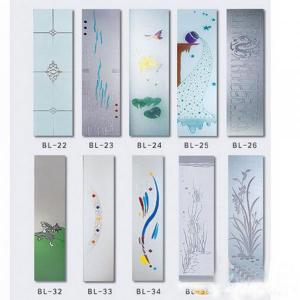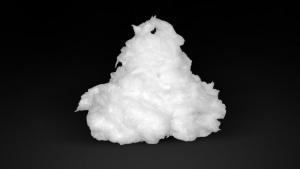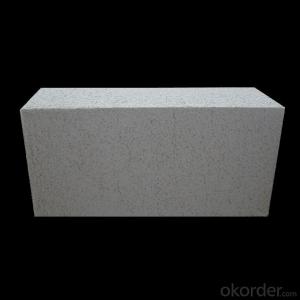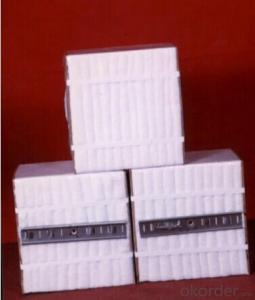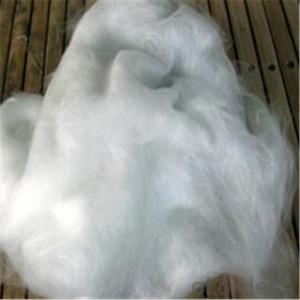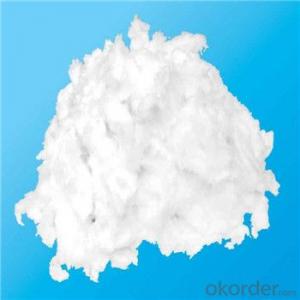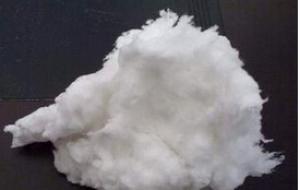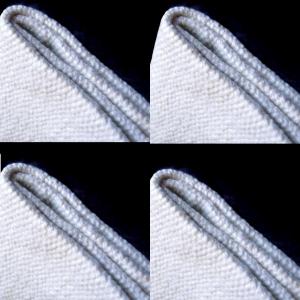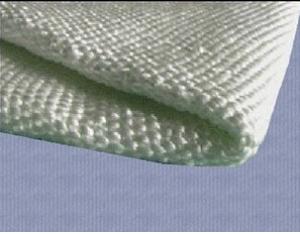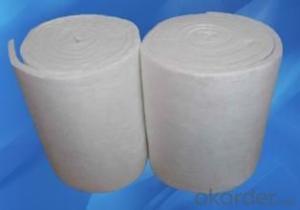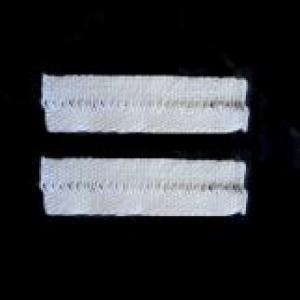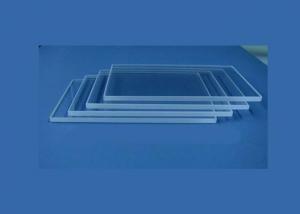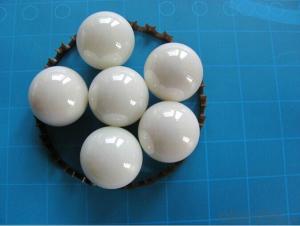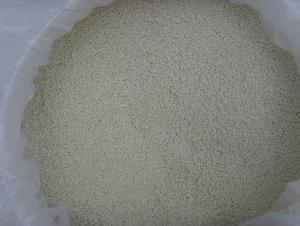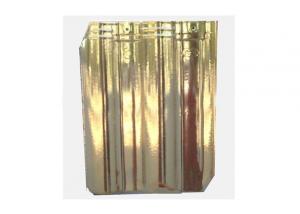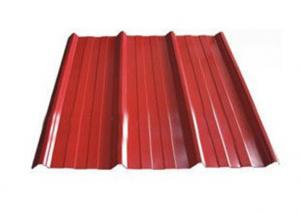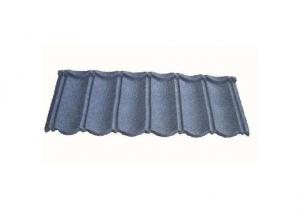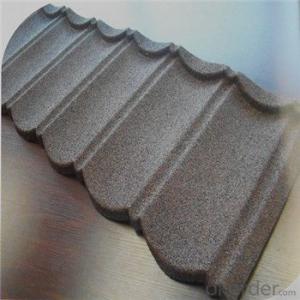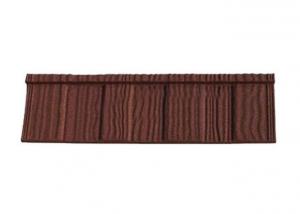Ceramic Pigment
Ceramic Pigment Related Searches
Ceramic Foam Industrial Pigments Ceramic Fuel Filter Ceramic Microfiltration Chemistry Of Paint Pigments Black Pigment Ink Ceramic Sheet Insulation Pigment Carbon Black Protective Paints Refractories And Industrial Ceramics Concrete Repellent Cleaning Substances Ceramic Fiber 128 Kg/M3 Sticky Lubricant Sic Ceramic Foam Filter Translucent Concrete Waterproofing Additive For Cement Render High Temperature Refractory Cement Synthetic Lubricants Dye Or Pigment Roof Cement Abrasive Compound Colored Polypropylene Tubing Translucent Polycarbonate Brick Cement Waterproof Paint Insulating Paint Automotive Rubbers Kitchen Bench Laminate Paint Staining Particle BoardCeramic Pigment Supplier & Manufacturer from China
Ceramic Pigment is a type of high-quality pigment that is widely used in various industries due to its excellent color stability and resistance to high temperatures. These pigments are specifically designed for applications where colorfastness and durability are crucial, such as in the manufacturing of ceramics, glass, and other heat-resistant materials.The application and usage scenarios for Ceramic Pigment are quite diverse, making it a popular choice among manufacturers. It is commonly used in the production of tiles, sanitary ware, tableware, and decorative items, as well as in the creation of glazes and enamels. Its ability to withstand high temperatures without losing its vibrant colors makes it an ideal choice for these applications, ensuring that the final products maintain their aesthetic appeal and functionality.
Okorder.com is a leading wholesale supplier of Ceramic Pigment, boasting a large inventory that caters to the needs of various industries. By offering a wide range of options, Okorder.com ensures that customers can find the perfect pigment for their specific requirements. With their extensive stock and commitment to quality, Okorder.com has established itself as a reliable source for Ceramic Pigment, providing businesses with the materials they need to create high-quality, long-lasting products.
Hot Products

